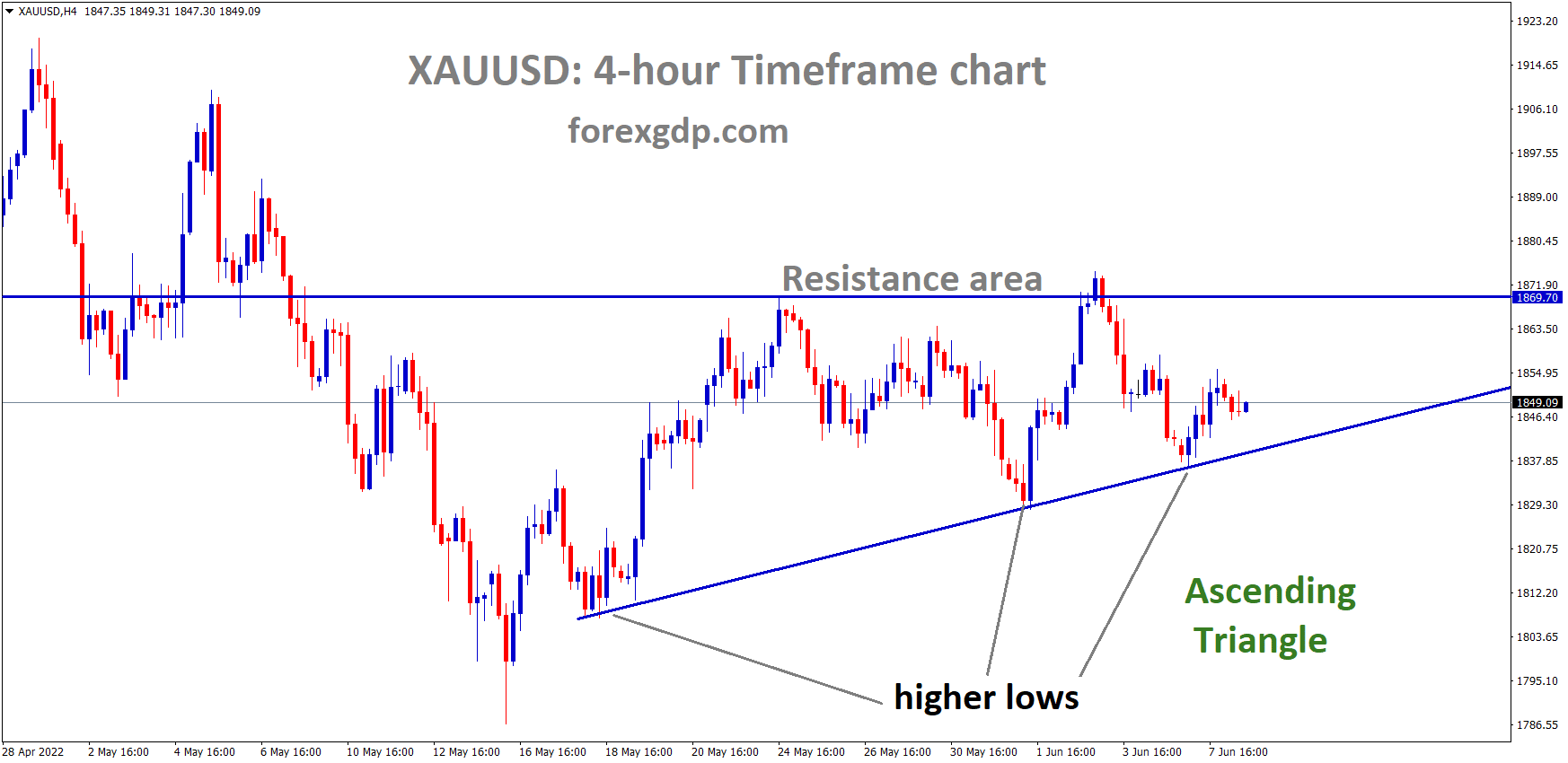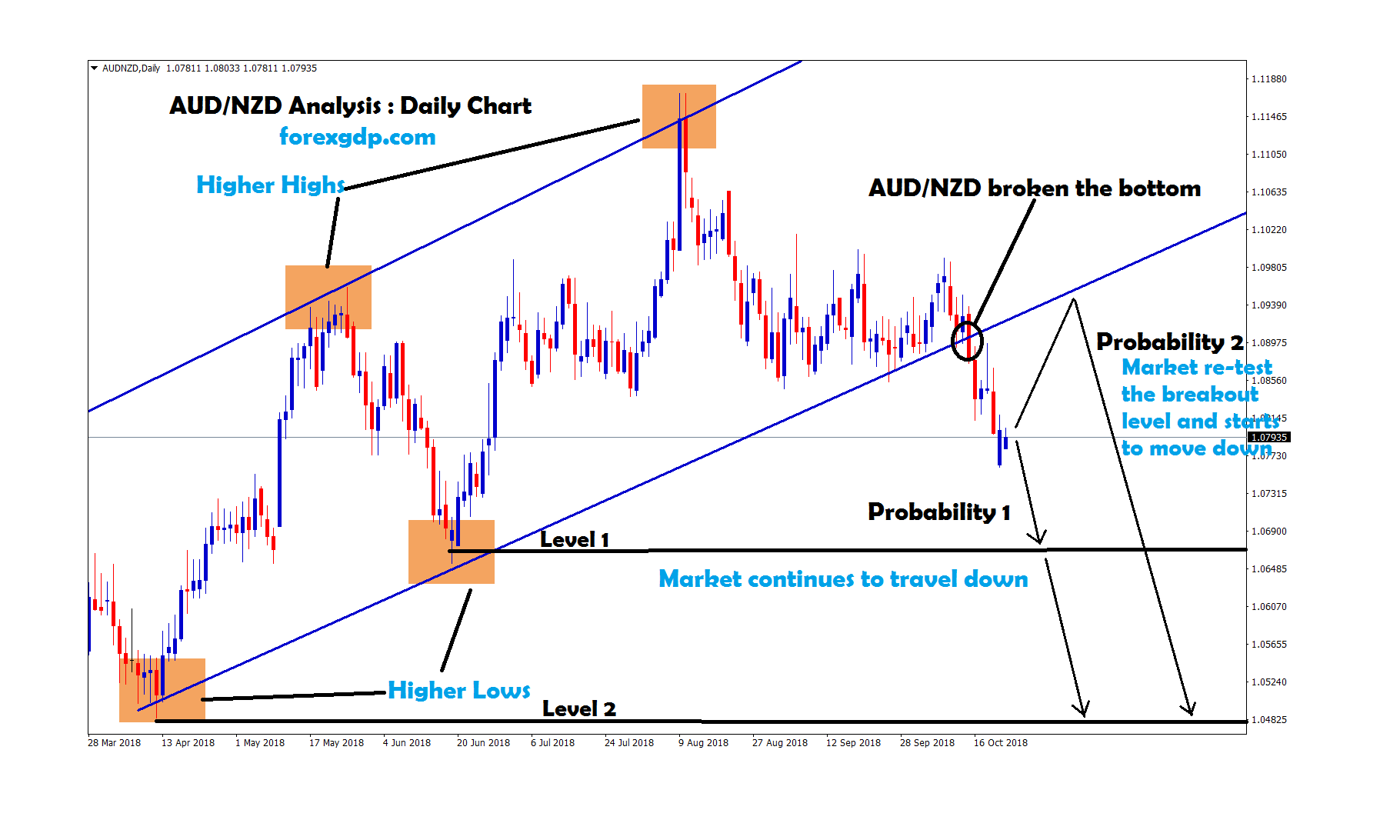EURUSD is moving in the Ascending Triangle, and the market has reached the higher low area of the pattern
#EURUSD Analysis Video
EUR/USD Continues to Weaken as Euro Struggles Against a Stronger US Dollar
The EUR/USD pair, one of the most widely traded currency pairs in the world, is currently facing significant downward pressure. The Euro has been on a declining trend lately, largely due to weaker-than-expected economic data coming out of the Eurozone. At the same time, the US Dollar is surging, benefiting from strong economic indicators in the United States. But what’s driving this market movement? Let’s dive into the details.
What’s Behind the Euro’s Decline?
Weak Inflation Data from the Eurozone
One of the main factors contributing to the Euro’s current weakness is the recent disappointing inflation data from the Eurozone. Inflation is a crucial indicator of economic health, and in this case, it appears that inflation in the Euro area has cooled off more than expected.
The Eurozone’s Harmonized Index of Consumer Prices (HICP) showed an increase of just 1.8% in September on a year-over-year basis, down from 2.2% in the previous month. This is also below the market’s expectations of 1.9%. Core inflation, which excludes more volatile items such as food and energy, also fell to 2.7%, compared to 2.8% in August.
What does this mean? Simply put, inflation is falling below the European Central Bank’s (ECB) target of 2%. When inflation slows down, the central bank is less likely to raise interest rates, and might even consider lowering them further to boost the economy. Lower interest rates usually result in a weaker currency, as investors look elsewhere for better returns. This is why the Euro has been struggling in recent times.
Eurozone Unemployment Remains Steady
Interestingly, the Eurozone unemployment data, which was also released recently, did not have much impact on the currency markets. The unemployment rate remained steady at 6.4% for August, which was unchanged from July. While steady employment numbers might typically be a sign of stability, they didn’t do much to offset the negative impact of the inflation data on the Euro.
The US Dollar Gains Strength: What’s Fueling the Surge?
While the Euro is grappling with weak inflation, the US Dollar is seeing a resurgence, thanks to positive economic data and global uncertainty that has driven investors toward the safety of the USD.
Strong Job Market in the US
One of the major reasons for the Dollar’s strength is the continued resilience of the US labor market. The latest JOLTS Job Openings data showed a higher-than-expected increase in the number of job vacancies in the US. In August, job openings rose to 8.04 million, up from 7.71 million in July. This exceeded expectations and further boosted confidence in the US economy.
EURUSD is moving in a descending channel, and the market has reached the lower high area of the pattern
This labor market data is closely watched by the Federal Reserve, as the central bank has recently been emphasizing the importance of employment in shaping its monetary policy. A strong job market suggests that the US economy is still on solid ground, which makes it more likely that the Fed will keep interest rates higher for longer. Higher interest rates tend to attract investors looking for higher returns, which boosts the value of the Dollar.
Geopolitical Tensions and Safe-Haven Demand
Another significant factor supporting the US Dollar is the ongoing geopolitical tensions in the Middle East. When global uncertainties arise, investors often flock to “safe-haven” assets, and the US Dollar is one of the most sought-after safe havens in times of crisis.
Recently, tensions escalated as Iran launched missiles at Israel in retaliation for the killing of a prominent militant leader. This kind of geopolitical instability tends to create a risk-off environment in the financial markets, where investors seek the relative safety of the US Dollar, further driving up its value.
How Are These Events Shaping the EUR/USD?
The combination of weaker Eurozone inflation and strong US labor data has made the EUR/USD pair highly volatile. With the Euro underperforming and the US Dollar benefiting from strong fundamentals and safe-haven flows, the pair is experiencing notable declines.
In recent days, EUR/USD has been trading lower, reflecting this imbalance. Many market participants are anticipating that the European Central Bank might continue to adopt a dovish stance, keeping interest rates low, while the Federal Reserve is likely to maintain its more aggressive approach. This divergence in monetary policy is one of the key factors driving the current trend in the currency pair.
What to Watch Moving Forward
There are several key events on the horizon that could further impact the EUR/USD pair. In the near term, all eyes are on upcoming employment data from the United States. The ADP Employment Change report, which provides insight into private-sector employment trends, is expected to be released soon and could provide additional clues about the health of the US labor market.
EURUSD is moving in a box pattern, and the market has fallen from the resistance area of the pattern
Furthermore, comments from Federal Reserve officials, including Fed Governor Michelle Bowman and Richmond Fed President Thomas Barkin, are expected to offer more clarity on the central bank’s future monetary policy direction. Any hawkish signals from the Fed could further boost the US Dollar, while dovish comments might provide some relief for the Euro.
Why It Matters to You
If you’re an investor, trader, or just someone keeping an eye on global markets, understanding the dynamics of the EUR/USD currency pair is crucial. Currency movements can have a wide-reaching impact, from affecting the price of imported goods to influencing international investments. When the US Dollar strengthens, it can make US exports more expensive, while a weaker Euro might benefit European exporters by making their goods cheaper on the global market.
The Big Picture: Diverging Economic Outlooks
At the heart of the EUR/USD movements is the contrast between the economic outlooks of the Eurozone and the United States. The Eurozone is grappling with slowing inflation and a potential economic slowdown, while the US is benefiting from a strong job market and safe-haven demand. As long as these trends continue, the US Dollar is likely to remain in a position of strength, while the Euro may continue to face headwinds.
Final Thoughts
The EUR/USD pair remains under pressure as the Euro struggles to gain traction amid weaker inflation and economic data from the Eurozone. At the same time, the US Dollar is benefiting from strong employment figures and its role as a safe haven during times of geopolitical uncertainty. For now, it appears that the forces driving the US Dollar higher are likely to remain in place, at least in the near term. As always, staying informed and keeping an eye on key economic data releases can help you navigate these market trends effectively.
Understanding these currency dynamics can give you a better grasp of the broader economic landscape, whether you’re actively trading or simply watching the markets.
Don’t trade all the time, trade forex only at the confirmed trade setups
Get more confirmed trade signals at premium or supreme – Click here to get more signals , 2200%, 800% growth in Real Live USD trading account of our users – click here to see , or If you want to get FREE Trial signals, You can Join FREE Signals Now!









